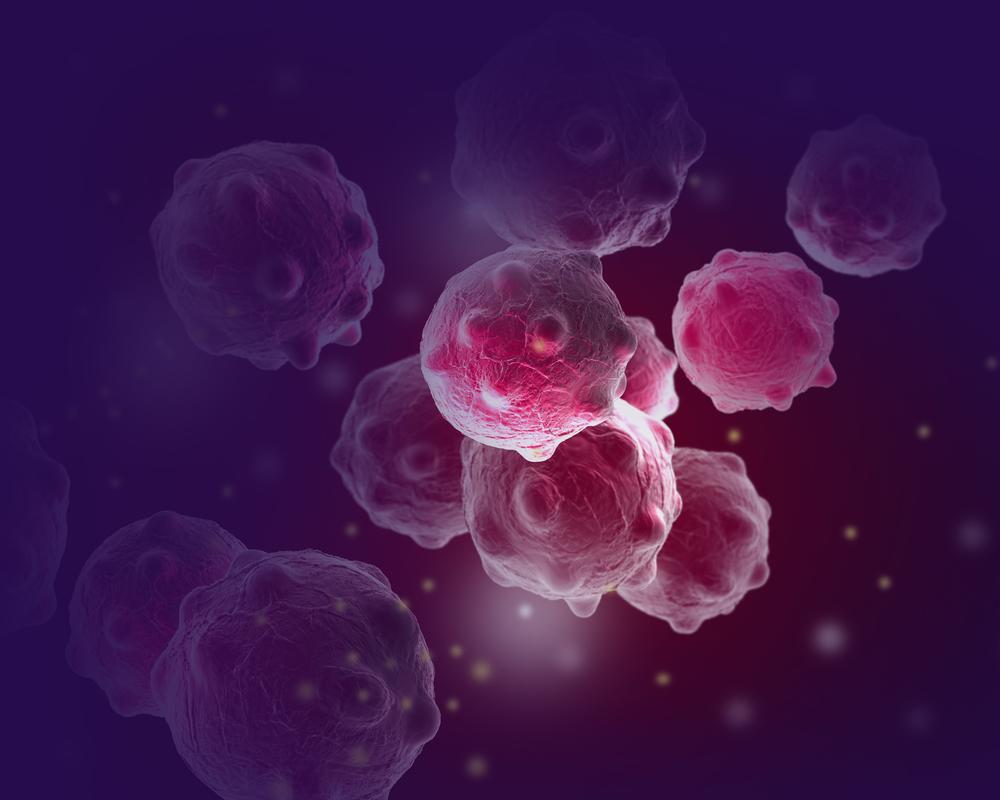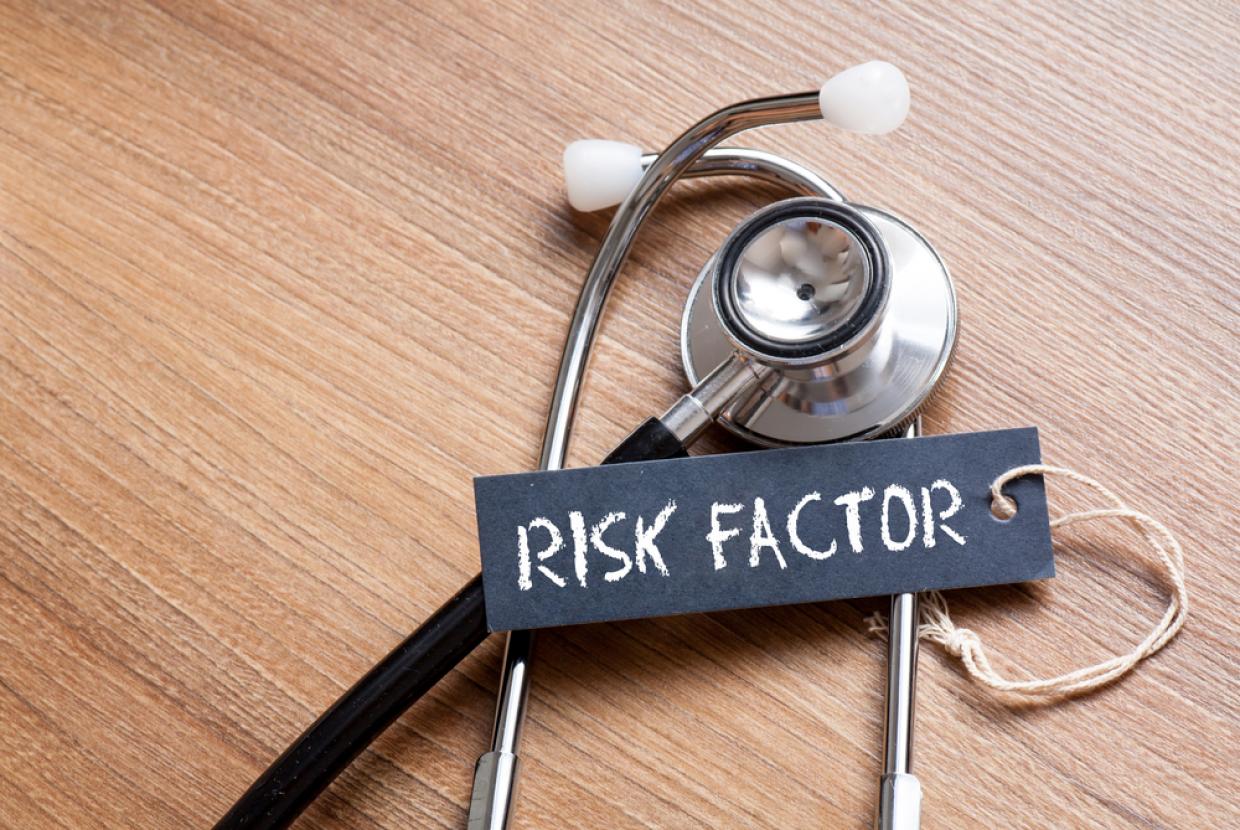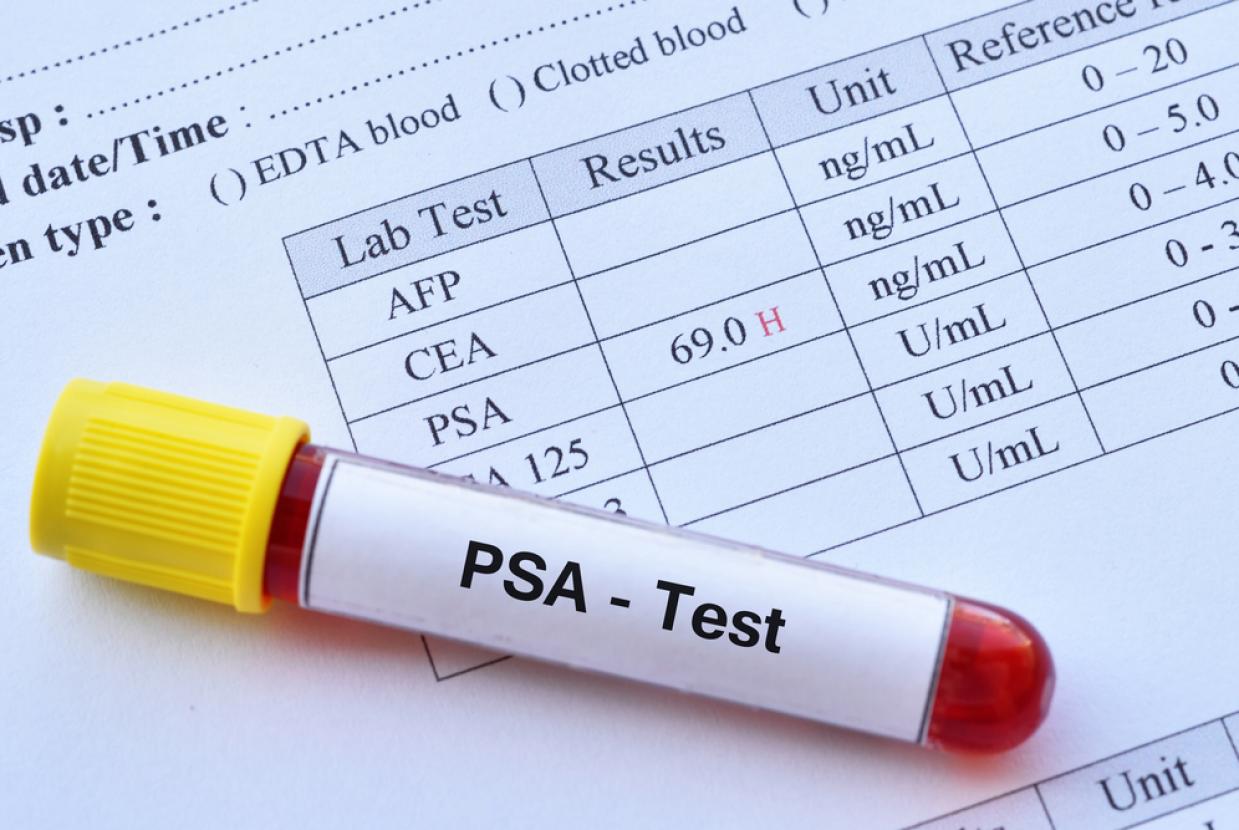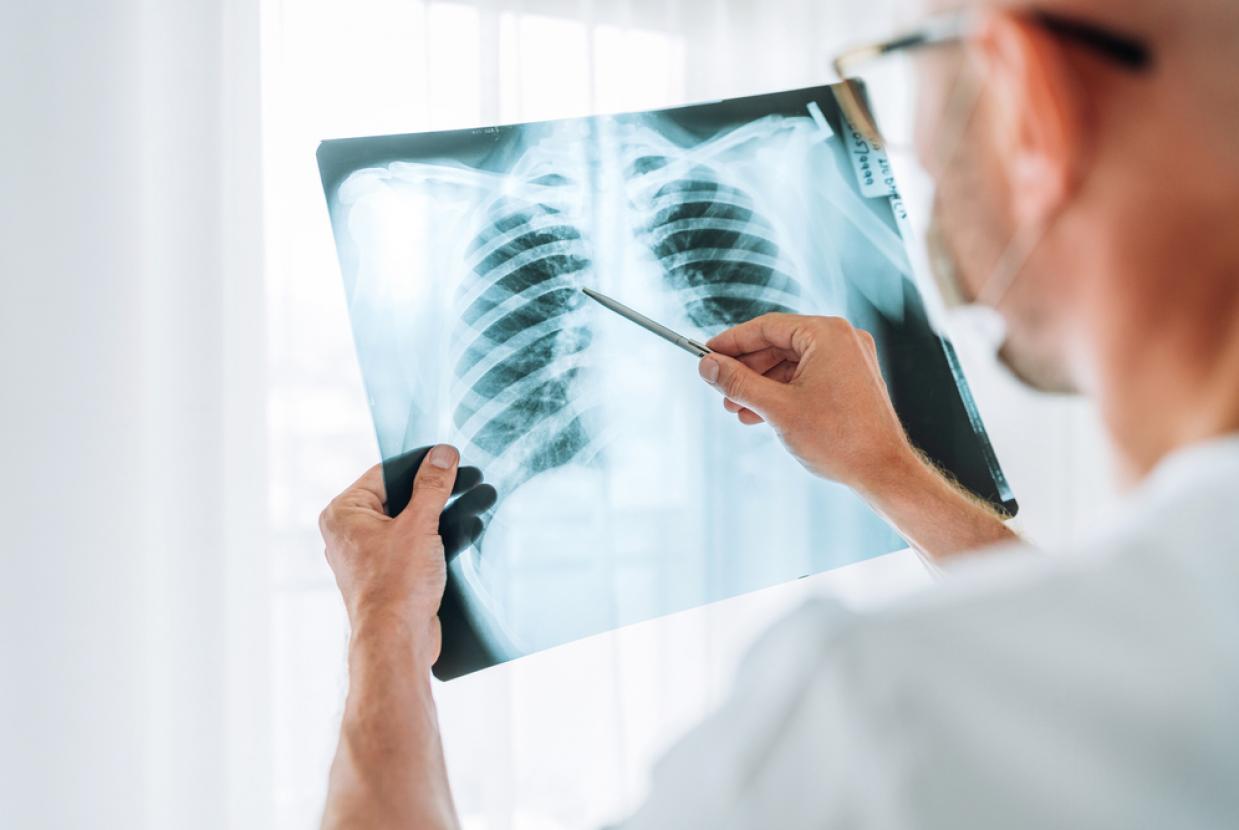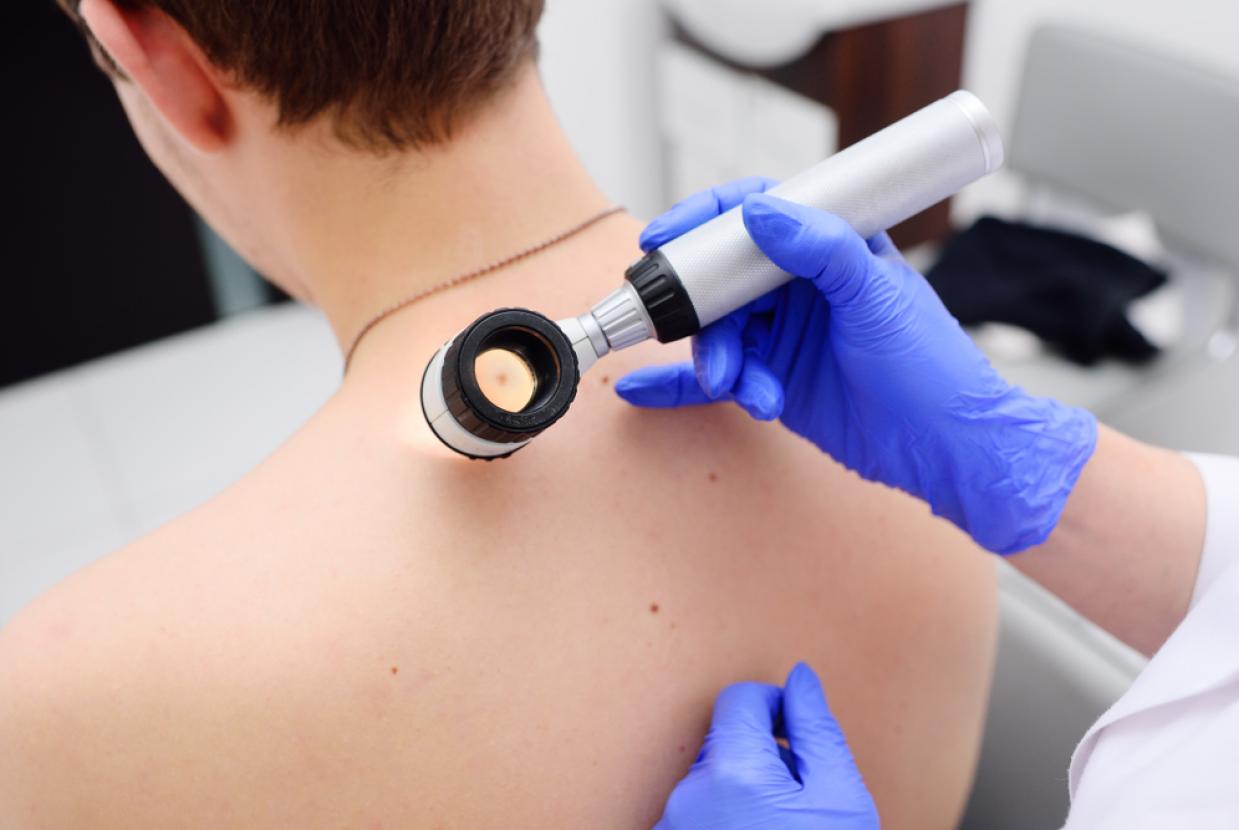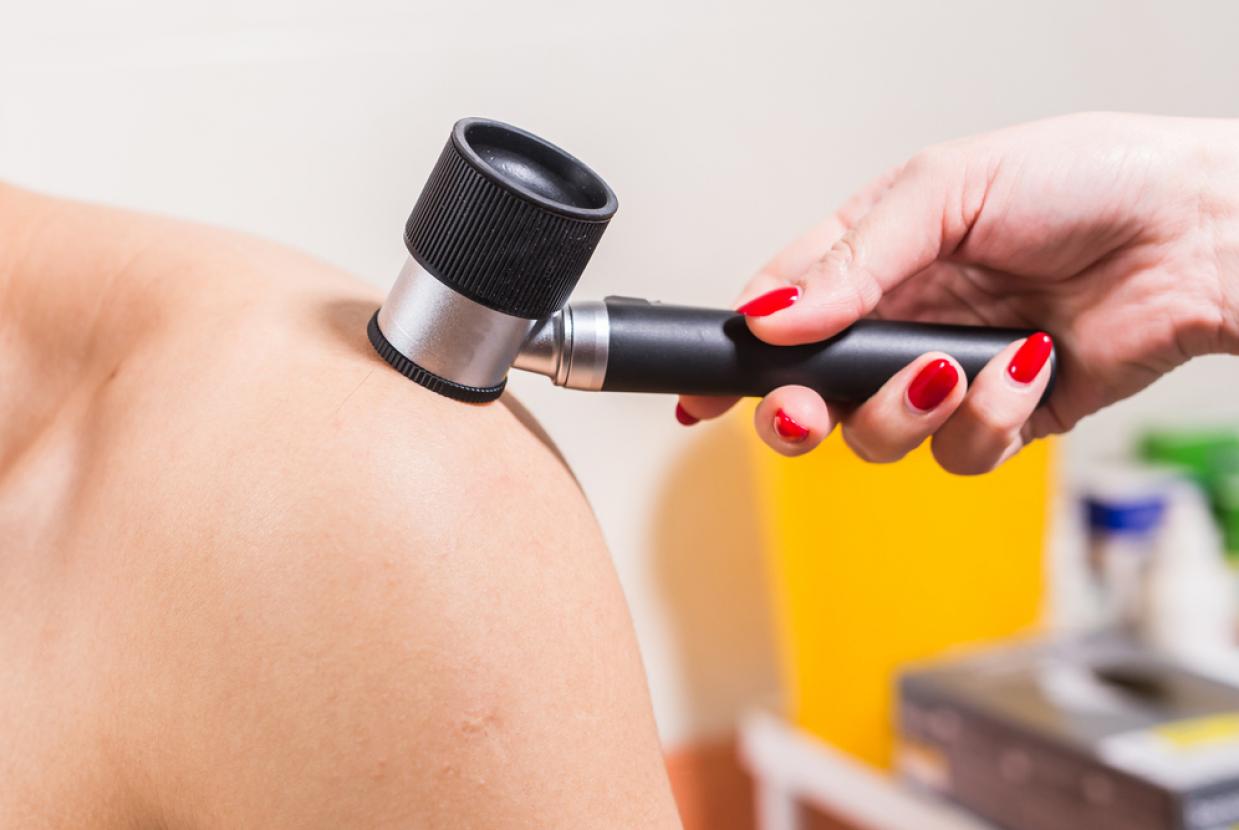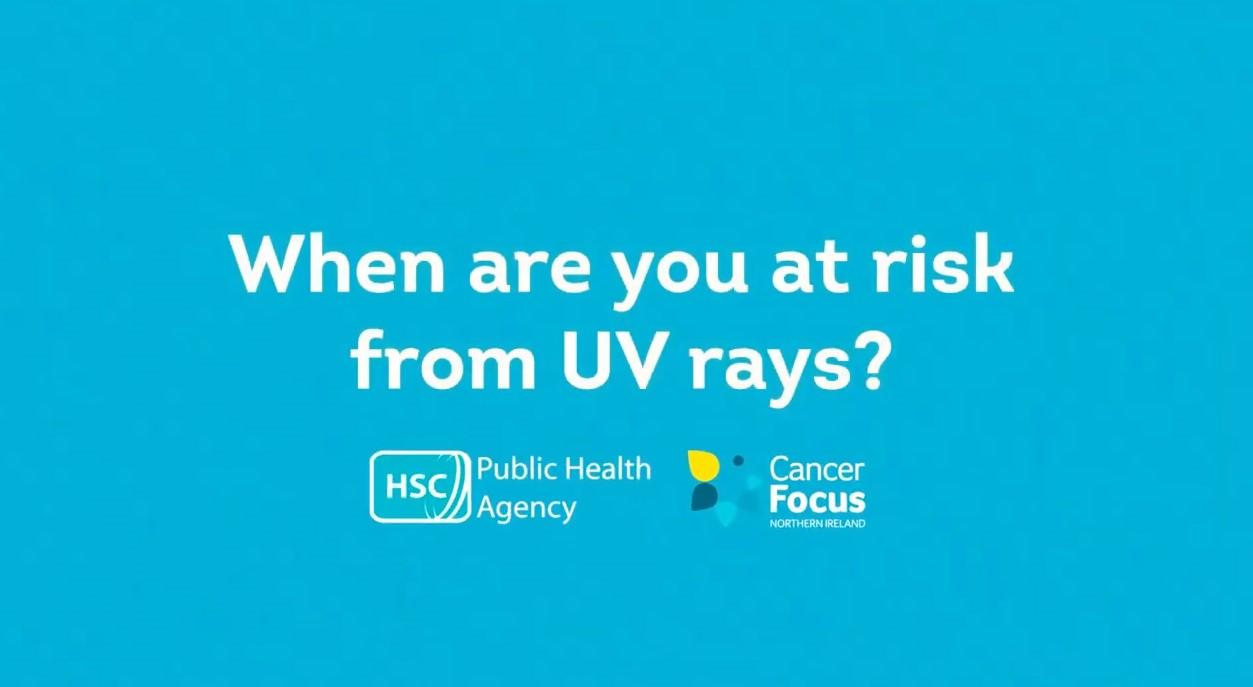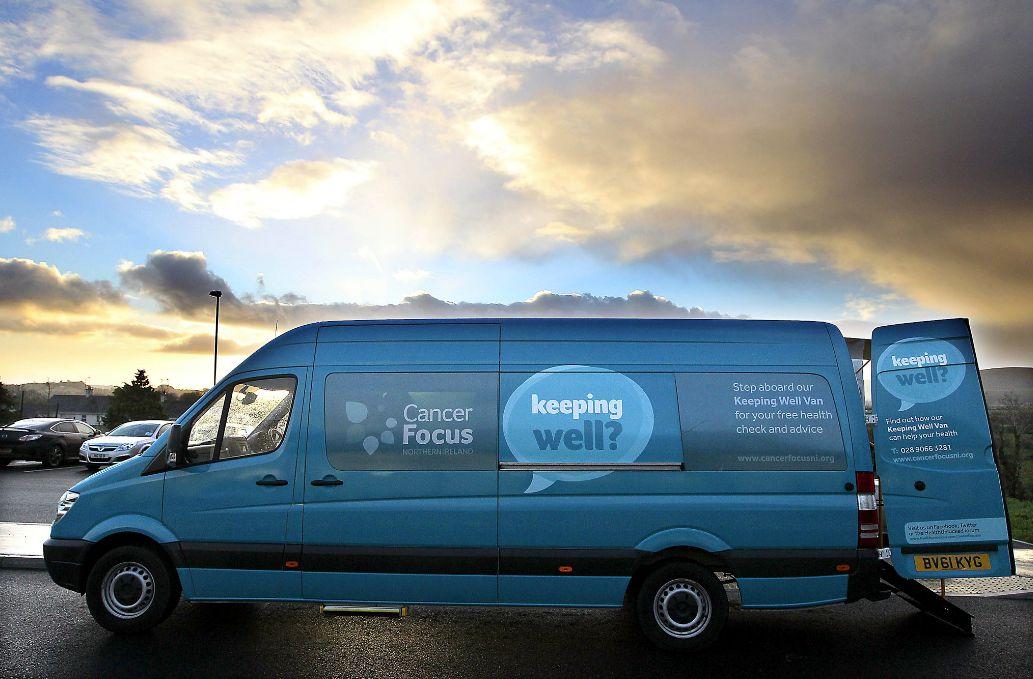Men's Health Week: Testicular Cancer
Cancer / Men's HealthWhat is testicular cancer? Who’s at risk? What should you look for and how is it treated? The below will get you started and – importantly – point you to reliable information.
What is testicular cancer?
Testicular cancer is a disease where cells in your body grow uncontrollably. As you’d have guessed from the name, testicular cancer is when those cancerous cells grow in your nuts (testicles). Testicular cancer, like many other forms of cancer, can spread in the body if left untreated. However, if detected early, it is usually treatable.
Get more testicular cancer facts at Nuts & Bolts, the Movember-funded initiative to give men and their supporters all the facts for tackling testicular cancer.
What causes testicular cancer?
As with prostate cancer, it’s still unclear what exactly causes testicular cancer. However, we do know that there are different kinds. Over 90% of testicular cancers start in the cells in your nuts that make sperm (called germ cells). The main type of cancer in germ cells are called seminoma cancers and non-seminoma cancers. Although testicular cancer is less common than other types of cancers, it is actually the most common cancer in younger guys.
Though we don’t know precisely why some guys get diagnosed with testicular cancer, we do know that some men are at increased risk.
What are common testicular cancer symptoms?
Swelling, pain or a hard lump in your testicle are the most common signs and symptoms of testicular cancer. Testicular cancer usually (but not always) starts in one testicle. Other symptoms of testicular cancer include a feeling of ‘heaviness’ in your scrotum (your nut sack), as well as an uncomfortable feeling, from a dull ache to recurring pain in your testicles, groin, or lower back (even if you don’t notice a lump).
Your nuts are like other parts of your body. They go through normal changes and they’ll sometimes feel a bit different. Don’t panic if something doesn’t feel right at first. However, if you notice a new lump, go see your doctor.
How do I do a testicular exam on my own?
First – know what’s normal with your nuts. The best way to do that is to give your nuts a feel every month or so – just to make sure there’s nothing unusual going on. A warm shower (heat will help your nuts relax) is the perfect place to do this in your own time. Just roll one of your nuts between your thumb and forefinger, and check for pain or anything that feels out of the ordinary. Then do the same for the other. And that’s it. Job done.
Watch this quick video if you need a guide on how to do a testicular self-examination.
What testicular cancer treatment options are there?
The most common treatment for a testicular cancer diagnosis is surgery, also called an orchiectomy. It’s a straightforward procedure that takes about an hour, during which one or both testicles are removed. If the cancer has spread, your doctor may also recommend radiation therapy or chemotherapy.
Content sourced from Movember UK (uk.movember.com).








